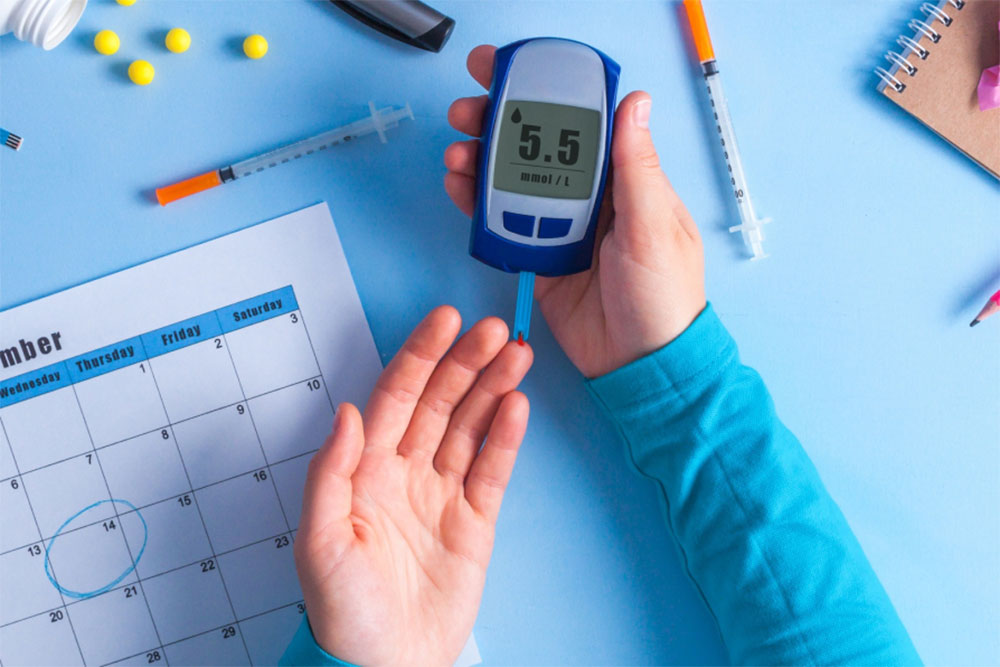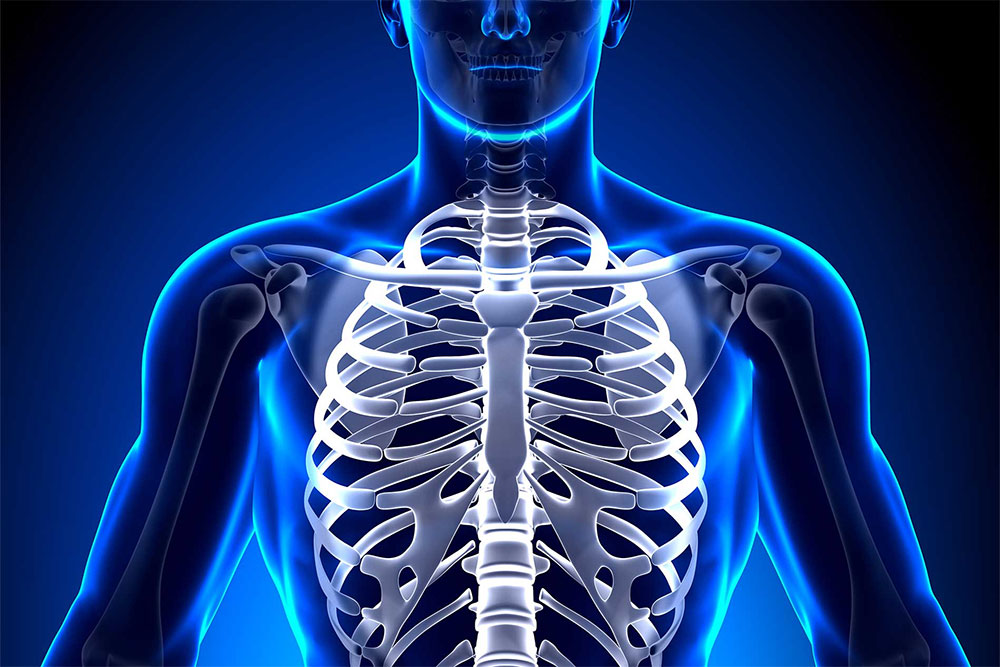Diabetes is a chronic disease that occurs due to metabolic disorders and affects the level of sugar (glucose) in the blood. For its prevention, it is important to notice the first symptoms in time, which may often not be obvious, especially in the initial stages. Early detection and understanding of the first signs of diabetes can help prevent serious complications and preserve quality of life.
What is diabetes
Diabetes is a metabolic disorder in which the pancreas does not produce enough insulin or the body cannot use it effectively. Insulin is a hormone that helps glucose enter cells, providing them with energy. When insulin does not work properly, the level of glucose in the blood rises, which over time can lead to damage to various organs and systems.
There are two main types of diabetes: type 1 (insulin-dependent), in which the body does not produce insulin at all, and type 2 (non-insulin-dependent), where insulin is produced but the body is unable to use it properly. Type 2 diabetes is much more common and is associated with excess weight, a sedentary lifestyle and poor diet.
Symptoms of diabetes in women
In women, the symptoms of diabetes can appear gradually, often masquerading as other diseases or signs of stress. The main signs to pay attention to:
- Strong thirst and frequent urination – high blood sugar makes the kidneys work harder, which leads to increased frequency of urination and fluid loss.
- Dry skin and itching – especially in the genital area, which can be associated with impaired blood circulation and infections.
- Chronic fatigue – constant weakness and reduced work capacity occur because the cells of the body do not receive enough energy.
- Prolonged infections – high sugar levels create a favorable environment for the development of fungal and bacterial infections that are difficult to treat.
- Sudden weight change – unexplained weight loss or gain may be the first signs of a glucose metabolism disorder.
Symptoms of diabetes in men
The first signs of diabetes in men are similar to the general signs, but may also have specific manifestations. Typical signs include:
- Decreased sexual activity – problems with potency arise due to impaired blood circulation and damage to the nervous system.
- Muscle weakness – especially against the background of general fatigue and loss of energy, which is characteristic of high sugar levels.
- Visual disturbances – temporary deterioration of vision is often the first sign, as high sugar levels can affect the lens of the eye.
- Sudden weight loss – especially in type 1 diabetes, when the body begins to use fat and muscle stores due to a lack of energy from glucose.
The first signs of diabetes in children
Diabetes in children can develop quickly, so it is very important to notice the first signs of the disease in a timely manner. Symptoms can vary depending on the child’s age, but common signs of diabetes in children include:
- Frequent urination – Children with high blood sugar often feel thirsty, which causes them to drink more fluids and, as a result, urinate more often.
- Unexplained weight loss – even with a normal or increased appetite, the child may lose weight because the body begins to use fat and muscle tissue as a source of energy due to insufficient use of glucose.
- Excessive thirst and dry mouth – high blood sugar causes dehydration of the body, which leads to severe thirst. A child can drink a lot of water, but still feel dry in the mouth.
- Sudden mood swings and irritability – fluctuating blood sugar levels can cause sudden mood swings in children, who may become irritable or tearful.
- Impaired vision – if blood sugar is very high, it can affect a child’s vision, making it blurry or blurry.
- Frequent infections and prolonged illnesses – children with diabetes are prone to frequent infections, especially of the skin or urinary tract, which do not go away for a long time even with treatment.
If you notice at least one of these symptoms in a child, you should contact a doctor for examination and identification of possible disorders. The earlier the disease is diagnosed, the more effectively it is possible to control its development and avoid serious complications.
How to avoid diabetes
Diabetes can be prevented or delayed, especially when it comes to type 2 diabetes. Here are some recommendations to help reduce the risk of the disease:
- Balanced nutrition. Choose foods with a low glycemic index, such as vegetables, fruits, whole grains, and legumes. Minimize sugar consumption and fast carbohydrates.
- Physical activity. Regular physical activity helps maintain a normal weight and reduces the risk of diabetes, because exercise improves the sensitivity of cells to insulin.
- Weight control. Overweight and obesity are risk factors for diabetes, so it’s important to monitor your body mass index.
- Regular medical examinations. Periodic examinations will help to detect the first signs of the disease in time and take the necessary measures.
- Reducing stress. Psychological state also affects the level of sugar in the blood, so it is important to pay attention to emotional health.
Diabetes is a serious disease, but it can be controlled and, in many cases, prevented. It is important to pay attention to the first signs and follow a healthy lifestyle, which will significantly reduce the risks and improve the quality of life.




